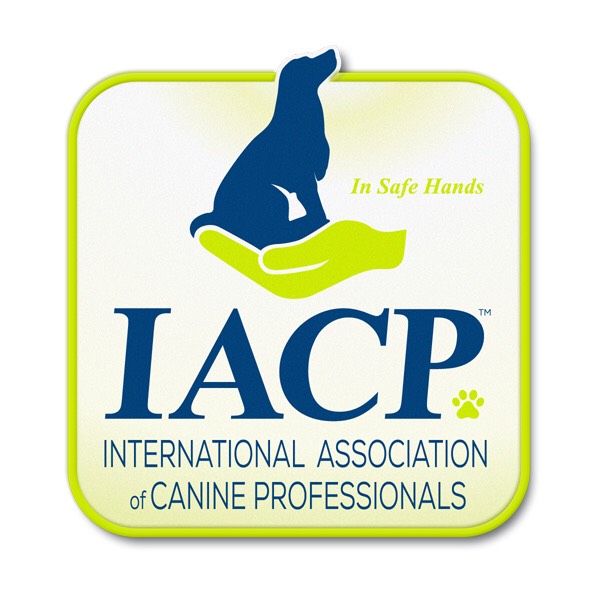FASD Assistance Dogs
/Fetal alcohol spectrum is a non visible disability and a birth defect, which occurs during pregnancy if a mother is drinking alcohol. Children born with FASD spectrum, prenatal drug exposure (DE), ADHD, autism and other based neurologically disabilities, have the same behavioral patterns and similar neurological, emotional, behavioral and intellectual impairments. Many of the FASD/DE assistance dog’s training tasks are the same as the tasks of the autism assistance dogs.
A FASD/DE assistance dog can help a child in many ways. They are trained to behavior disruption and interruption. The dogs are given a special commands from the adult handlers, who ask the dogs to interact with the child. The dogs help the children by disrupting a particular behavior, a repetitive behavior and interrupting their compulsive thought patterns, assisting them in the areas of sensory overload.
Children with FASD/DE often act like children with autism and have a tendency to bolt away, wander, leave the house without telling their parents and have limited or no sense of the danger. The FASD/DE assistance dogs are also trained in tracking skills and tethering and they provide help to parents and more safety to children. After specific scent training, the dogs are able to find the child both indoors and outdoors.
Tethering is also important for such occasions. Tethering the child with the dog gives them and their parents more independence to join the real world and to be able to perform activities such as shopping. It is possible for families to actually tether their child to the dog from the dogs harness to the child’s belt loop. The child can walk in front of them, while the parents have control of the dog.
Children with FASD/DE have difficulty creating intimacy with others and participate in social groups. Apart from the specialized training skills, the dogs are able to help the children with their socialization, their psychological, behavioral and emotional stability and meltdowns (dogs are trained in behavior disruption and interruption, they can easily calm the children and help the overcome their fears) help them to develop empathy (take care of the dogs, develop nurturance and practice people skills).
A dog and a child are able to create a unique and special bond. The relationship between them is so simple and easy. Dogs are not as complicated as humans are and even though children may have difficulties understanding people (body language, tone of voice, facial expressions and emotions), dogs are always easy to read. They will love the child unconditionally, will not judge or criticize them and they will be a loyal friend.
Elena Palagka, Nina Service Dogs












